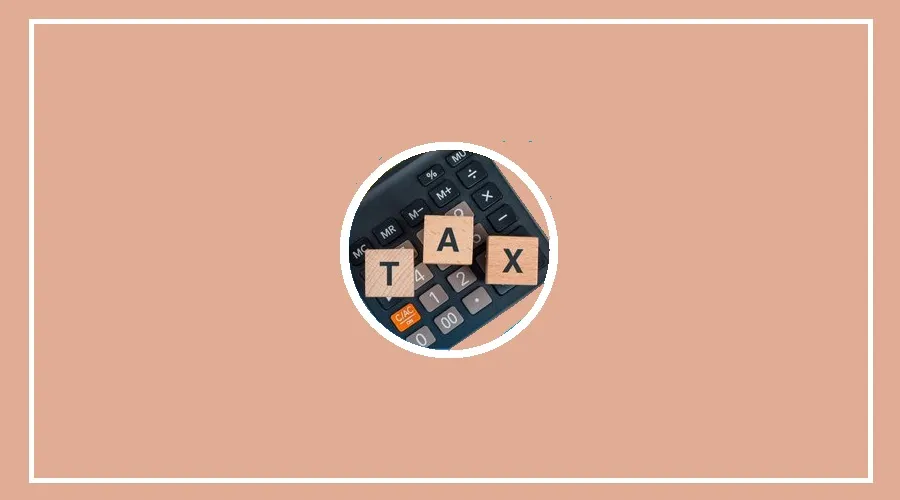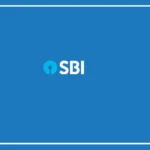If you live in a rented house and claim tax exemptions, you need to be careful about tax compliance. According to income tax rules, if your monthly rent exceeds ₹50,000
and you have not deducted TDS (Tax Deducted at Source), you may receive a notice from the Income Tax Department.
This rule is not meant to create trouble but to make tenants aware of their tax responsibilities.
The government has made it mandatory to deduct tax from rent and deposit it.
Ignoring this rule can result in penalties and additional interest. A small step in following these rules can save you from major financial issues.
Understanding TDS on Rent
Many tenants are unaware of the tax rules related to rent payments. If your rent exceeds ₹50,000 per month, it is your responsibility to deduct and deposit TDS.
If you claim House Rent Allowance (HRA) but fail to deduct TDS, the Income Tax Department may take action, leading to legal trouble.
As per Section 194-I of the Income Tax Act, tenants must deduct 2% TDS on rent payments exceeding ₹50,000 per month. Previously, this rate was 5%, but it was reduced to 2% in October last year.
Even if your rent exceeds ₹50,000 for just one month in a financial year, TDS still applies. This rule is designed to ensure tax compliance and prevent tax evasion.
Landlord’s PAN and TDS Deposit Process
When deducting TDS, you must provide your landlord’s PAN (Permanent Account Number) in the TDS challan.
If the PAN is incorrect or inactive, the tax rate increases from 2% to 20% under Section 206AA.
For Non-Resident Indian (NRI) landlords, the TDS rate is even higher at 30%. So, always verify the landlord’s PAN to avoid unnecessary complications.
The deadline for depositing TDS depends on your rental period:
If you vacate the house before the financial year ends, TDS must be deposited within 7 days of the following month.
If you stay for the entire financial year, TDS must be deposited within 30 days after March 31st.
To deposit TDS, tenants must fill out Form 26QC on the Income Tax e-filing website.
After making the deposit, you must provide Form 16C to your landlord within 15 days as proof that tax has been deducted and paid.
Penalties for Non-Compliance
Failing to deduct and deposit TDS can lead to serious financial consequences:
If you do not deduct TDS, an interest penalty of 1% per month is charged.
If you deduct TDS but delay depositing it, an interest of 1.5% per month applies.
Late submission of Form 26QC can result in a penalty of ₹200 per day under Section 234E.
To avoid unnecessary fines and legal trouble, ensure timely deduction and payment of TDS. Staying informed about tax rules can help you avoid major hassles in the future.

























